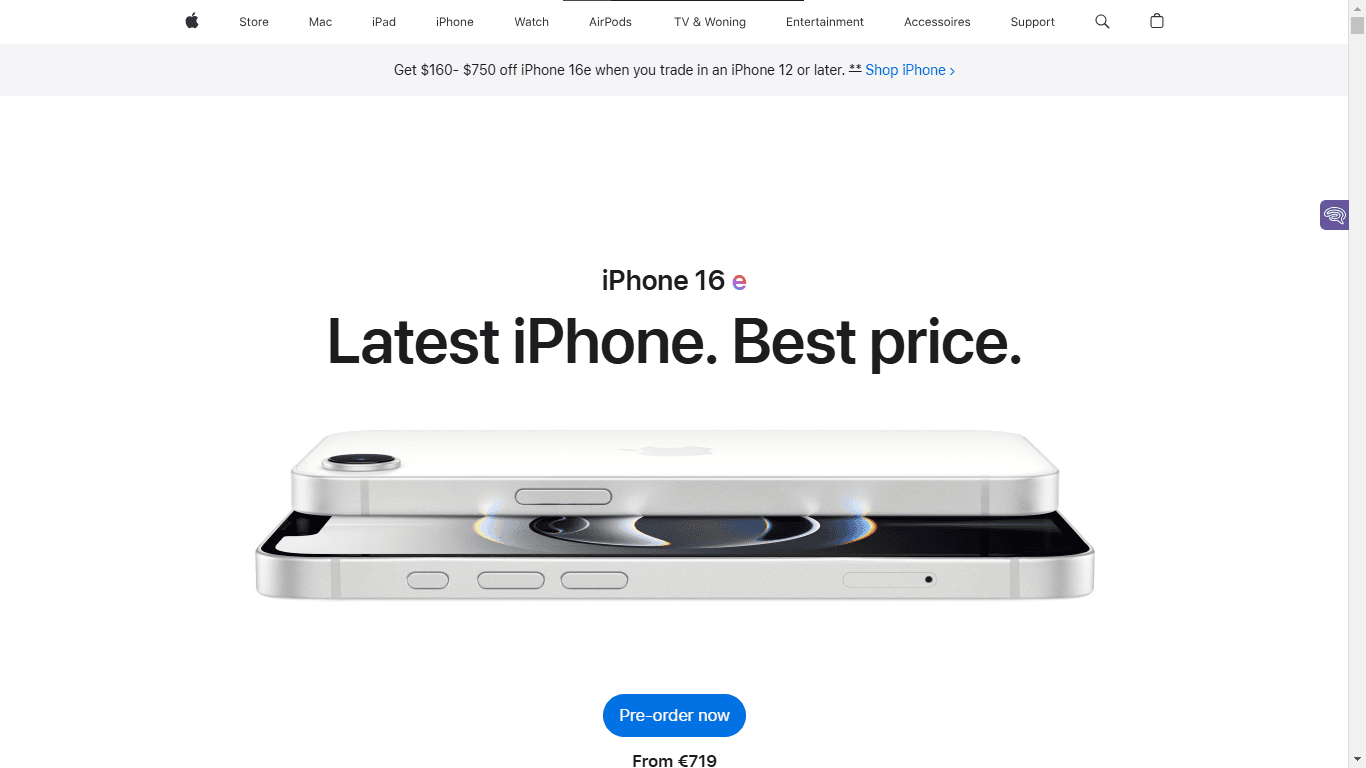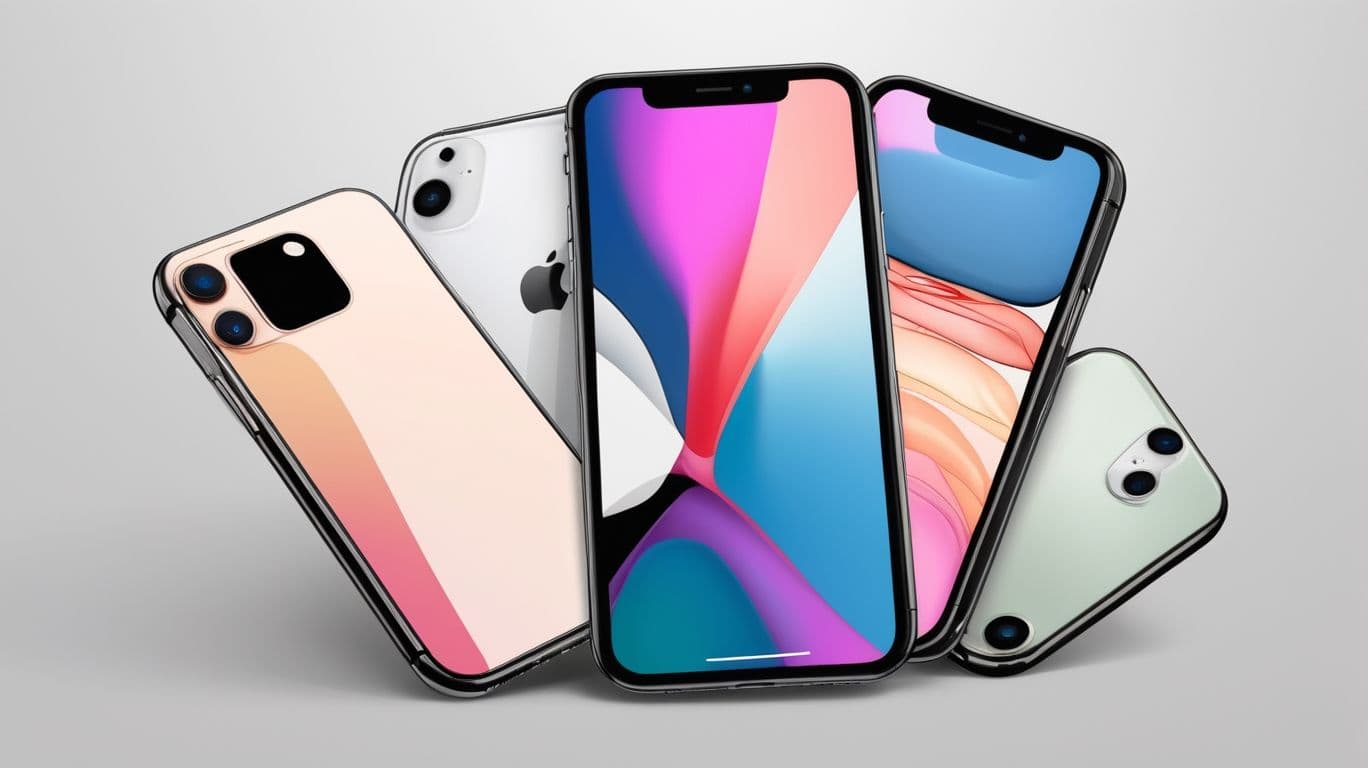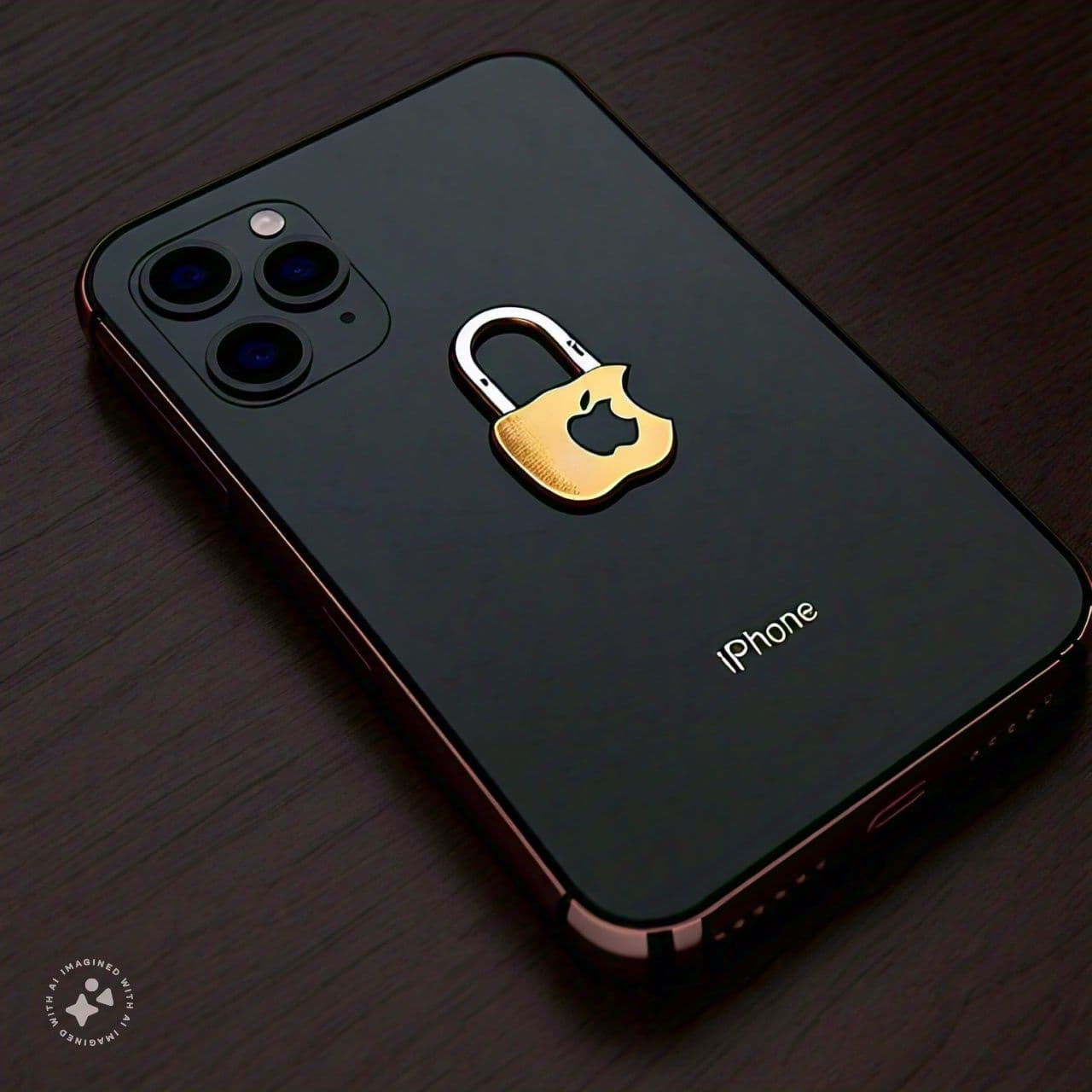
The iPhone 16e, Buy or Pass? Here is our Review
The iPhone 16e is a mid-range device from Apple, but is it actually worth more than that? Find out more
Recently, Apple did a fascinating thing, something they are not known for, they launched a new iPhone just months after the launch of their latest flagship device, the iPhone 16 series.
This is coming from a brand that’s known to launch phones once a year, with the exception of the iPhone SE series.
The iPhone 16e.
In this article, I will unravel the features of this phone, and if it’s actually worth spending the $792 Apple placed on it.
Features
Quite similar to the iPhone 16 released last year, it shares very similar features.
On the outside, it shares the same 6.1” display with the iPhone 16, and unfortunately, it doesn’t have a dynamic island, but weighs way less than the iPhone 16 and 16 Pro Max.
As for the front and back, it is covered with glass (not coring gorilla), an aluminum frame like the iPhone 16 and a ceramic glass shield.
Here is what Apple said about it: “The front of iPhone 16e is protected by Ceramic Shield, which is tougher than any glass in a smartphone. It’s ready for the hustle and bustle of life. And iPhone 16e is resistant to splashes, water, and dust.”
Inside it, it is equipped with an Hexa-core (2x4.04 GHz + 4x2.20 GHz), powered by the A18 (3 nm) chipset which gives it a super ability to handle complex tasks.
Though its graphics performance when compared with other phones in its series is low as it comes with a 4-core Apple GPU Graphics, 1 short from that of the iPhone 16, and 2 short from that of the iPhone 16 Pro Max; the flagship of them.
As expected, this phone which by now would be considered a mid range device from Apple has the latest iOS version: the iOS 18.3.1
Fortunately, the RAM wasn’t touched a bit, as it retained its 8GB of RAM on all storage variants; the 128, 256 and 512 GBs of storage.
On camera, Apple claims it is good enough, so good that it feels like having 2 cameras in one, but if you are camera centric, especially for the extra effects, it may not be an ideal choice for you.
Here is a demonstration showing the contrasting differences between the camera features of the iPhone 16e (single module), the 16 Pro Max (triple modules) and the 16 (double modules)
Camera Comparison
- The iPhone 16e:
It features a 48 MP main camera with an f/1.6 aperture, a 26mm wide lens, phase detection autofocus (PDAF), and optical image stabilization (OIS). It includes a dual-LED dual-tone flash, HDR support, and 3D spatial audio.
It can record videos in 4K at 24/25/30/60 frames per second (fps) and 1080p at 25/30/60/120/240fps with stereo sound recording.
- The iPhone 16 Pro Max:
On the other hand, this device also has a 48 MP main camera but with an f/1.8 aperture and a 24mm wide lens. It has a larger sensor (1/1.28" with 1.22µm pixel size), dual pixel PDAF, and sensor-shift OIS. Additionally, it comes with a secondary 12 MP periscope telephoto lens with an f/2.8 aperture, 120mm focal length, dual pixel PDAF, 3D sensor-shift OIS, and 5x optical zoom.
The third camera is a 48 MP ultrawide lens with an f/2.2 aperture and a 13mm focal length, equipped with PDAF and a TOF 3D LiDAR scanner for depth sensing.
It supports dual-LED dual-tone flash, HDR, and can record 4K videos at up to 120fps, as well as 10-bit HDR, Dolby Vision HDR (up to 60fps), and ProRes.
It also features spatial video and stereo sound recording.
Being the most premium edition of the 16 series, I am not surprised at the features reserved for it.
- The standard iPhone 16:
It also comes with a 48 MP main camera, similar to the 16e, but with a f/1.6 aperture, 26mm wide lens, and a 1/1.56" sensor size.
It includes a secondary 12 MP ultrawide lens with an f/2.2 aperture, 13mm focal length, and 120-degree field of view.
Like the other two models, it has a dual-LED dual-tone flash and HDR. In terms of video recording, it also supports shooting at 4K at 24/25/30/60fps and 1080p at 25/30/60/120/240fps with HDR, Dolby Vision HDR (up to 60fps), and stereo sound recording.
Selfie Camera Comparison
- The iPhone 16e:
It is equipped with a 12 MP selfie camera with an f/1.9 aperture, wide-angle lens, and autofocus featuring an SL 3D sensor for depth and biometric scanning.
Additional features include HDR, Dolby Vision HDR, 3D spatial audio, and stereo sound recording.
The selfie video capabilities include 4K recording at 24/25/30/60fps and 1080p recording at 25/30/60/120fps with HDR.
- The iPhone 16 Pro Max:
It has a similar 12 MP selfie camera with an f/1.9 aperture and 23mm wide lens, but it has additional features like optical image stabilization (OIS) and a gyro-EIS that makes video recording more stable.
- The standard iPhone 16:
This variant shares the same 12 MP selfie camera specifications as the Pro Max, except for the fact that it does not include OIS.
Additional Features
While for sensors, the iPhone 16e is expected to have the same things as the iPhone 16 Pro Max, but when it comes to battery life, we expect a drop considering the fact that the iPhone 16 doesn’t have the 4685 mAh of its top flagship model.
It is expected to ship in two colors: Black and White.
While we expect the phone to be released on the 28th of February 2025, we would make updates to the sensors, battery (estimated by certain sources to be 3561 mAh, which would be quite a huge red flag) and performance if they differ.
Our Verdict
The device is a great device, typical of all iPhones, but if you can comfortably get the others in the 16 series, simply go for them, unless you are making an upgrade from a much older iPhone.
And if you intend going from any of the previous 16s to this, that would be inadvisable: it would be a downgrade!
Let's have your thoughts on this and wait for shipping.
Share this article
Related Articles

The iPhone 16 Series and Apple Intelligence
What special things have Apple done with their software and hardware
Joseph Chisom
1 year ago

4 Best Mobile Security App for iPhone
Every iPhone user deserves the freedom to stray away, but while you do, do you have something to watch your back?
Joseph Chisom
1 year ago

Apple's Strict Policies: Why Does iPhones Not Have Status Savers? Mi
Is Apple going to add WhatsApp statuses savers?
Joseph Chisom
2 years ago
